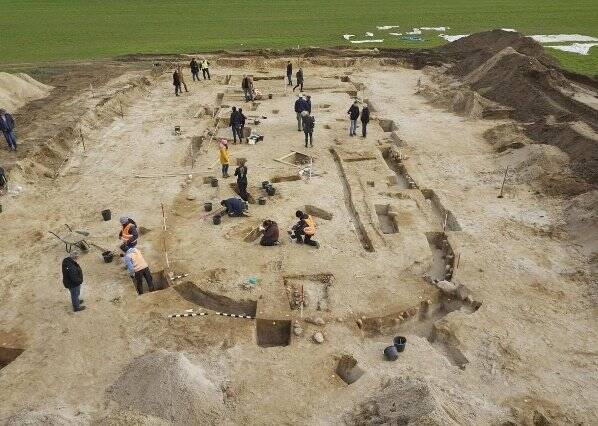:focal(990x533:991x534)/https://tf-cmsv2-smithsonianmag-media.s3.amazonaws.com/filer_public/45/9e/459e7704-3382-4c45-9650-fa27e1170847/spanish-archaeological-finding-web.jpg)
Archaeologists have uncovered an unusual stone slab during excavations at Las Capellanías, a 3,000-year-old funerary complex in southern Spain.
Found alongside cremated human remains, the slab—also known as a stela—depicts an individual wearing a headdress and necklace, two items researchers typically associate with women. The figure also has two swords, which are often associated with men, as well as male genitalia.
The newly discovered stela is challenging historians’ understanding of gender roles in Iberian society.
Read the rest of this article...





